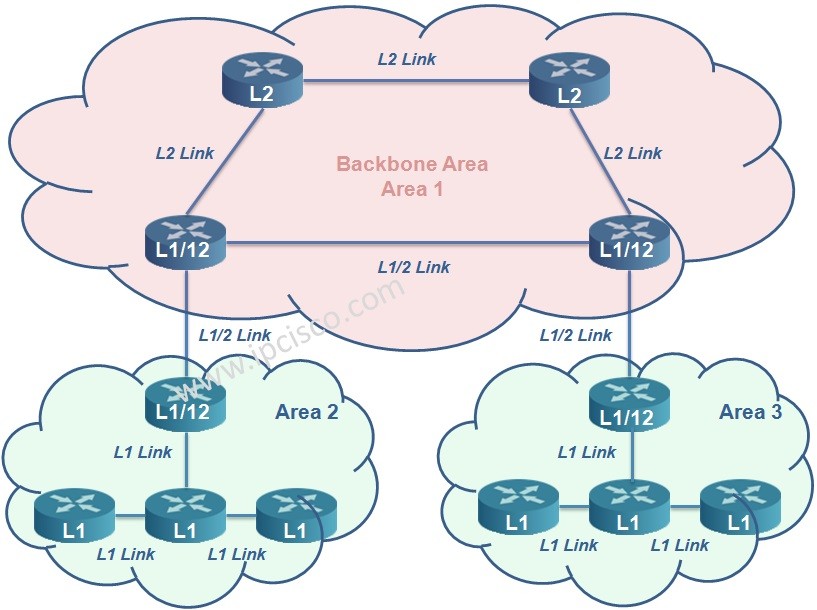- COURSES
- SPECIALS
- BLOG
- MEMBERS
- SHOP
- ABOUT
- ENROLL HERE

Table of Contents
In this lesson, we will focus on one of the Routing protocols. We will learn What is ISIS Protocol? Why We use this protocol. Here , we will focus on the theorical lessons of this protocol. We will learn Cisco IS-IS Configuration in another lesson.
ISIS Protocol (Intermediate System to Intermediate System Protocol) is a Link-State routing protocol that is developed by ANSI ISO. It is an open standard and classless Interior Gateway Protocol (IGP). IS-IS Protocol uses Dijkstra SPF (Shortest Path First) algorithm like OSPF, to build the IS-IS Protocol databases and calculate the best path. It uses Cost value at the best path calculation.
ISIS Protocol is a stable protocol and it has a very fast convergence. It has also large scalability that IS-IS Protocol is a vey good protocol for Service Providers and large enterprises. IS-IS Protocol is also a very good protocol used with MPLS-TE.
Dynamic Link-State protocol IS-IS Protocol is designed to used in CLNS (Connectionless Network Service). What is CLNS?
CLNS (Connectionless Network Service) : Is a network layer datagram service that requires no circuit establishment.
And there is also CMNS (Connection Mode Network Service).
CMNS (Connection Mode Network Service) : Is a network layer datagram service that requires path establishment between transport layers.
IS-IS Protocol supports both CLNP (Connectionless Network Protocol) and IP (Internet Protocol).
So, we can say that, IS-IS Protocol has three options:
IS-IS Protocol is a Hierarchical routing protocol like OSPF. IS-IS network is also consist of small Areas connected to the Backbone. So like OSPF, IS-IS Protocol has also two hierarchical levels :

Level 1 routing is used within any area, between Level 1 routers and between areas ( between L2 routers) Level 2 routing is used. For the connection of these two levels, border routers named Level 1/2 is used.
In the Hierarchicel structure of IS-IS Protocol, different types of routers are used. There are three types routers in IS-IS Protocol. These are: